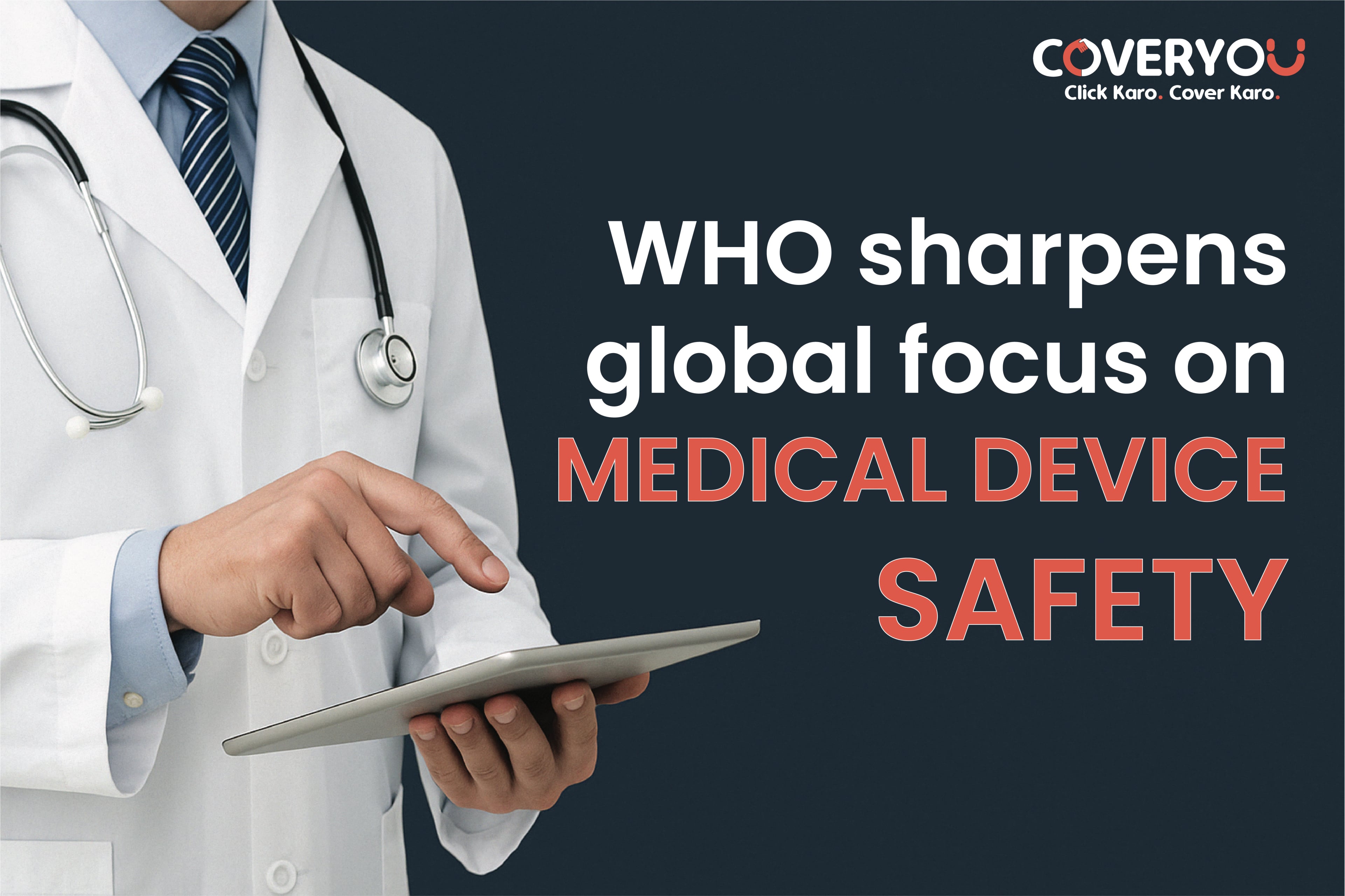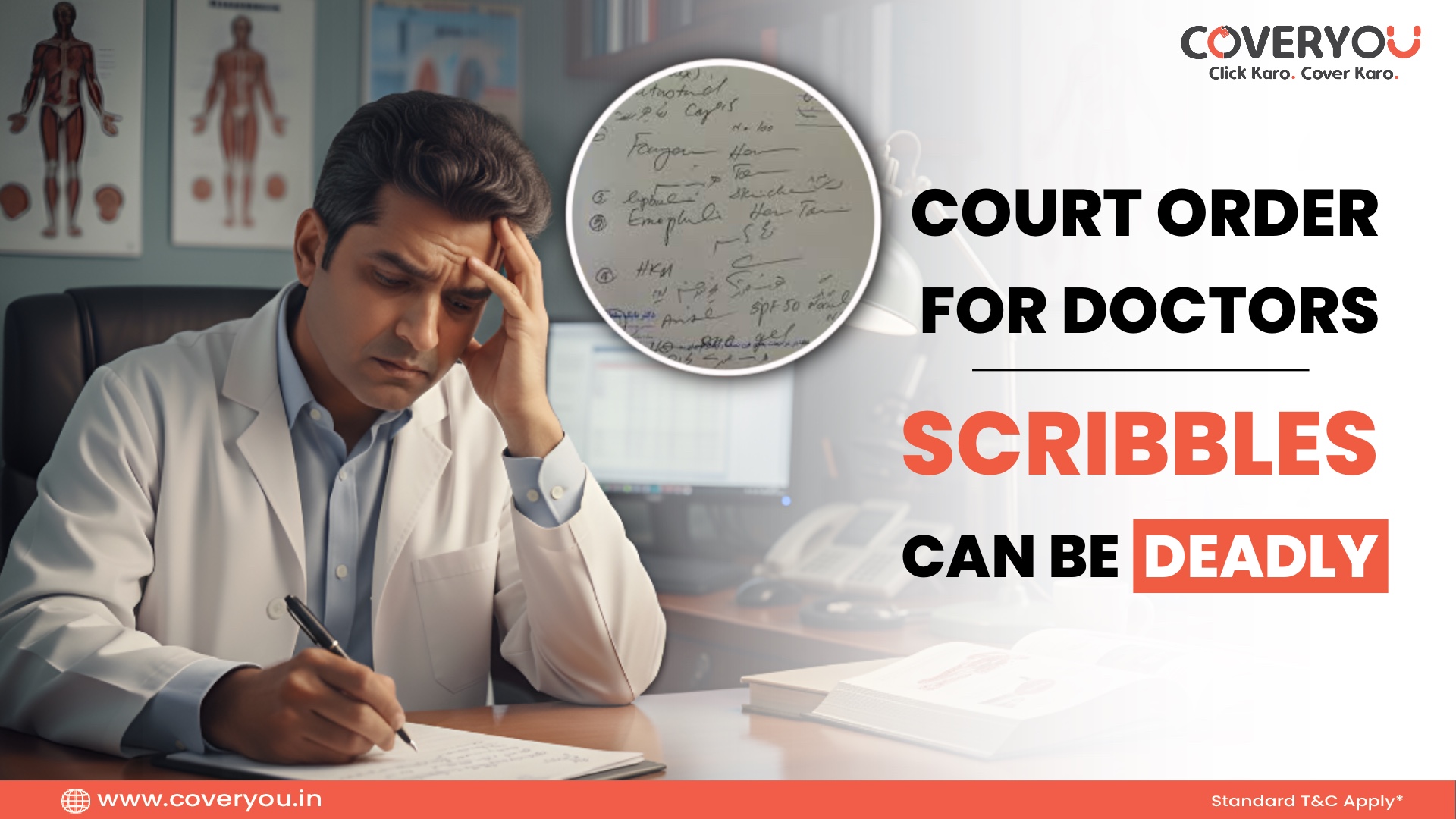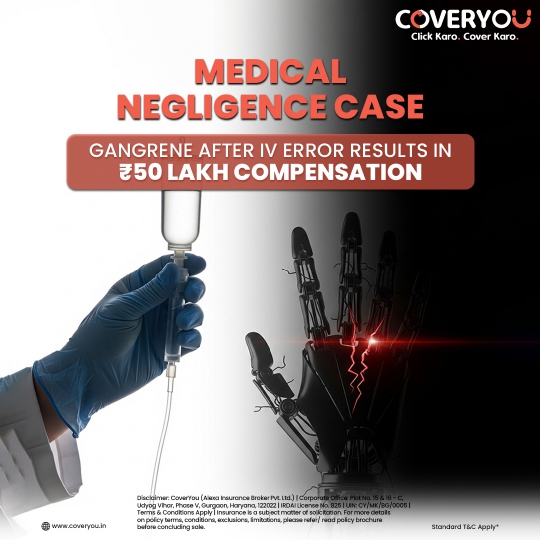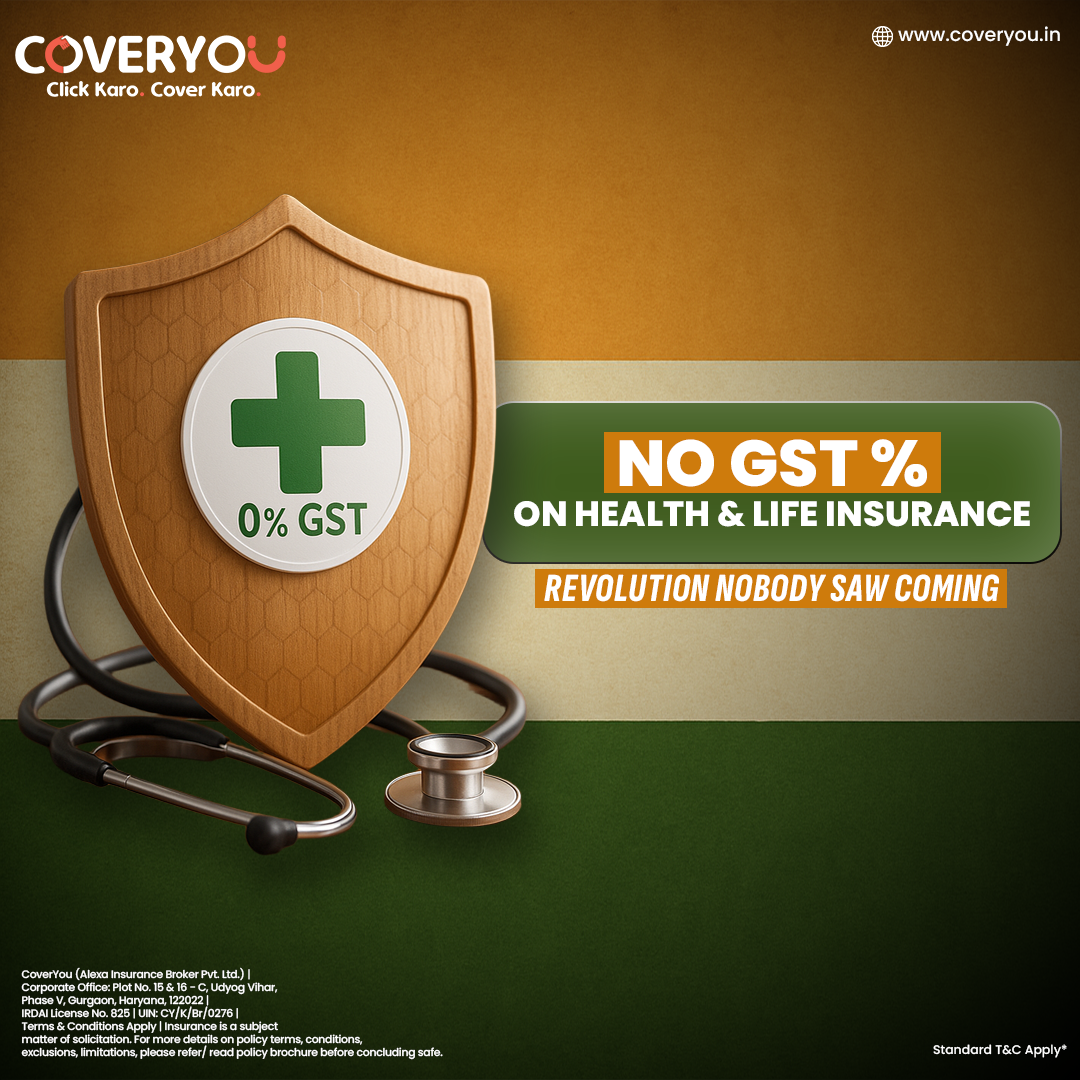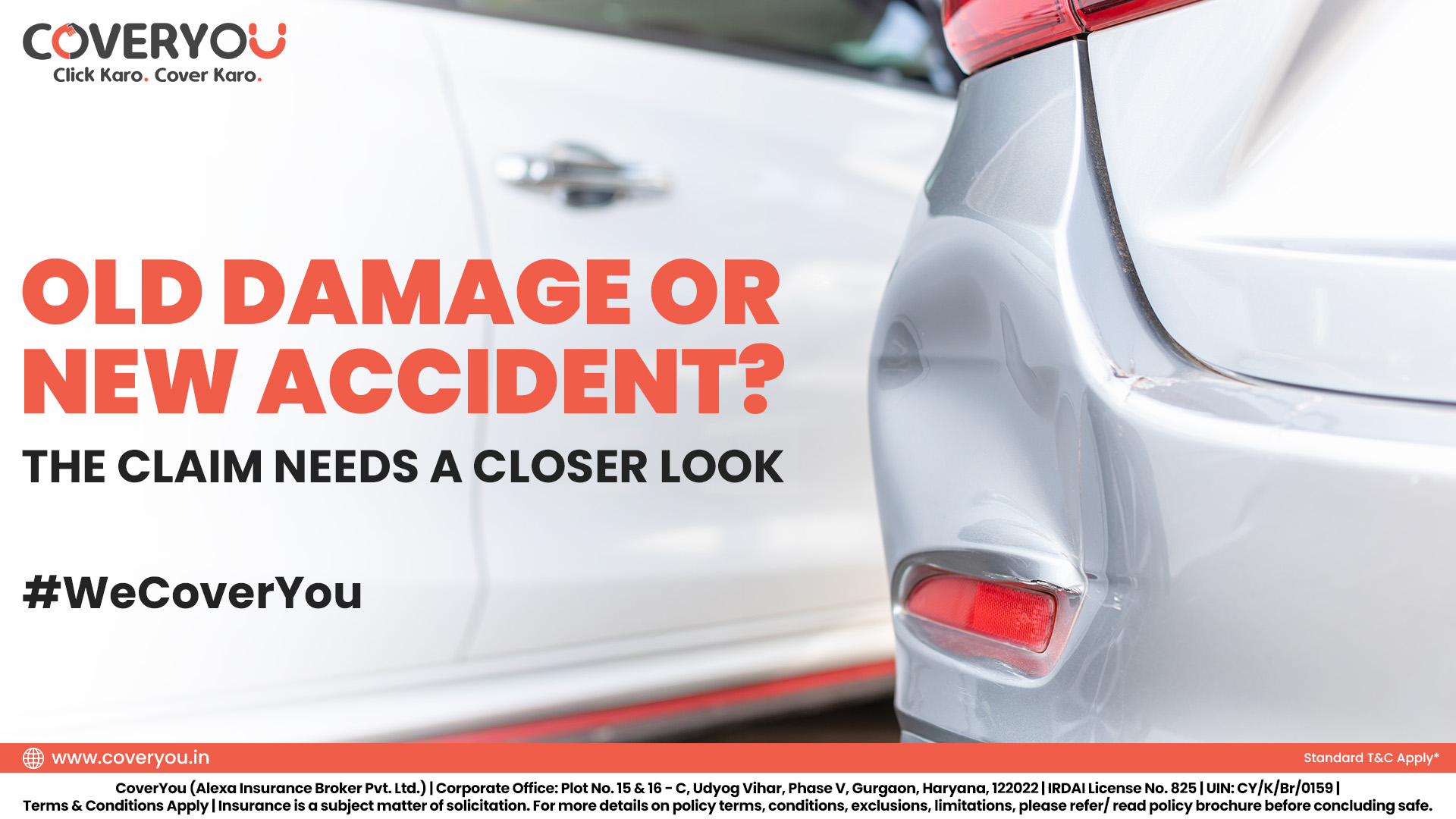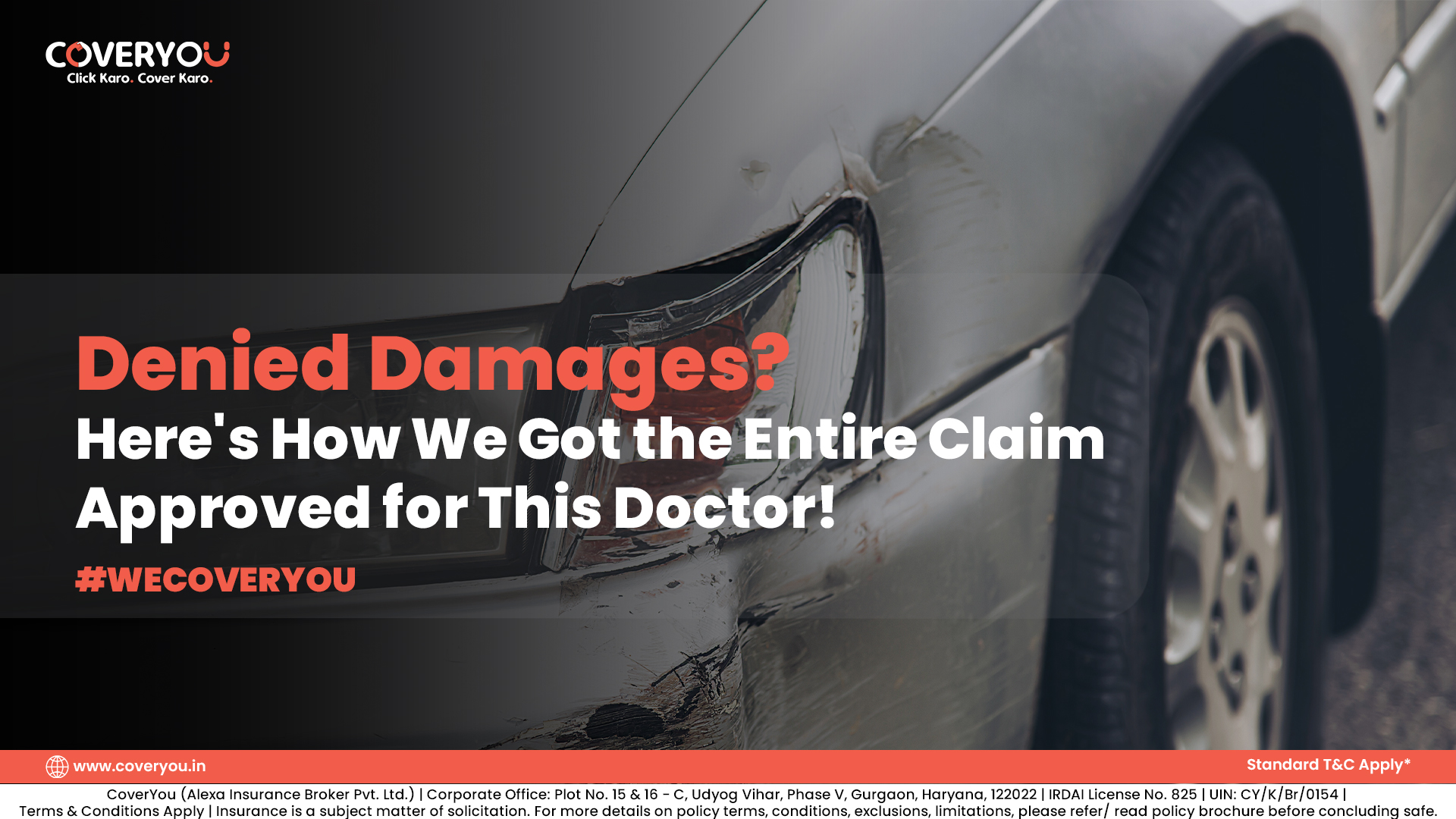WHO and South Asia unite to build stronger device regulations doctors must now prepare for shifting accountability. In a bold move that may reshape how clinics handle device-based care, the World Health Organization (WHO), in partnership with regulators and medical product experts, has launched a major initiative to strengthen oversight of medical devices across the South-East Asia Region. This includes everything from diagnostic tools to assistive devices now integral to clinical practice.
For doctors, the scalpel isn’t the only risk devices are fast becoming a legal grey zone
As patient care grows increasingly tech-driven, doctors can no longer assume the tools they rely on are legally airtight. Faulty ECGs, inaccurate diagnostics, or malfunctioning assistive devices can trigger adverse events and if systems fail to trace accountability, it’s the treating doctor left exposed.
Indian regulatory gaps expose frontline doctors to legal fire without warning
The South-East Asia Regulatory Network (SEARN) found that while a few countries in the region have structured regulatory systems, many including parts of India still struggle with enforcement, oversight, or even basic legal frameworks. The fallout? Unvetted devices entering your clinic, leaving you liable when things go wrong.
Indemnity isn’t optional anymore it’s your protection against the unseen risks of medical tools
When a diagnostic tool misfires, when a monitor fails during surgery, the blame doesn’t always land where it should. Even when manufacturers are at fault, litigation often targets the clinician. A comprehensive, customized indemnity cover is now the first line of protection in an unpredictable regulatory climate.
WHO’s benchmarking tool pushes nations to meet global standards but it’s a long road ahead
The workshop introduced the Global Benchmarking Tool Plus for Medical Devices (GBT + MD), which lets countries evaluate their current systems against world-class safety expectations. But progress will take years. Until then, the clinical risk burden remains squarely on the practitioner’s shoulders.
Assistive devices show the weakest safety net doctors prescribing them are at double risk
Only 10% of patients needing assistive devices in South Asia have access to approved tools. Poor awareness, lack of reporting, and minimal post-market checks mean doctors may unintentionally recommend substandard products, again opening themselves to patient dissatisfaction and legal complications.
Emergency approvals are necessary but carry high risk for practitioners if devices fail later
The rise of public health emergencies from mpox to COVID-19 has made Emergency Use Authorizations (EUAs) a clinical reality. But these fast-tracked approvals come with uncertainty. If a device greenlit in haste causes harm, your indemnity plan better be ready for the legal storm.
Surveillance doesn’t end at procurement doctors are expected to report and act post-market
WHO emphasized that post-market vigilance is just as important as regulation at entry. Clinicians are increasingly expected to identify, document, and report issues with devices even as most hospitals offer no clear framework for doing so. Failure to act could be construed as negligence.
Global collaboration is underway but until it reaches your clinic, you need airtight protection
WHO’s workshop ended with a promise to draft roadmaps, future training, and regional strategies. But none of this protects your license today. Doctors must close the risk gap themselves, and that starts with an indemnity policy built for device-age medicine.
CoverYou indemnity isn’t just a policy it’s clinical armor built for the realities of modern care
At CoverYou, we understand that the future of medicine is precision-led, device-driven and risk-heavy. Our indemnity plans are tailored for this new era, protecting doctors not just from patient claims, but from technology complications, device failures, and regulatory grey areas.
When your tools evolve faster than the law, your insurance must lead, not lag
The world is catching up to the complexity of medical devices. Until systems are aligned and safety nets are protected, your indemnity is the only certainty in an uncertain field.
